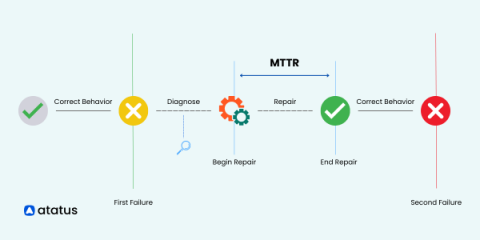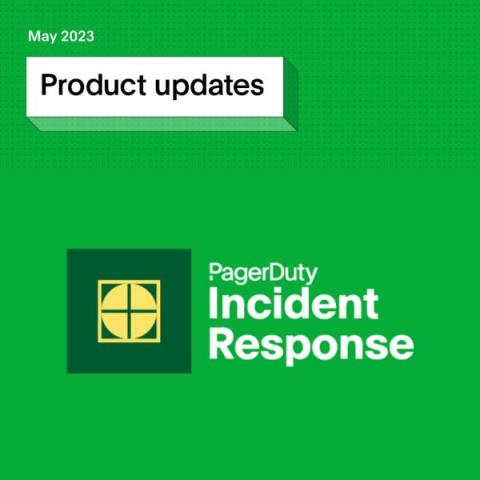Operations | Monitoring | ITSM | DevOps | Cloud
Incident Response
The differences between reactive vs proactive incident response
Most commonly, businesses take a reactive approach to incident management. After all, the concept of incident response seems inherently reactive. However, it is possible—and often necessary—to take more proactive measures. This entails identifying potential problems and taking steps to remediate them before they become incidents.
The Incident Response Lifecycle: Strategies for Effective Incident Management
The nature of security and incident management is cyclical rather than linear. Resolving an issue doesn't mark the end of the team's responsibilities. Instead, it signals the opportunity to enhance reliability, strategize, prepare, and prevent similar problems. This is where the incident response helps and comes into the picture. But what is incident response, and what steps are included in the incident response lifecycle? Let's understand them in detail.
From Monitoring to Action - Get Faster Incident Response with Change Forensics
In this post you’ll learn how Kosli’s Change Forensics gives DevOps, Platform, and Site Reliability Engineers the ability to rapidly pinpoint and understand changes and events in their infrastructure and applications, and get to the cause(s) of an incident quickly.
The Unplanned Show, Episode 3: LLMs and Incident Response
What is MTTR? Calculation and Reduction Strategies
In the fast-paced world of software development, every minute counts. When disruptions occur, whether there are minor or major system failures, organizations need to bounce back to maintain seamless operations. That's where MTTR (Mean Time to Repair) steps onto the stage as a game-changing metric. Are you ready to unlock the secrets behind reducing downtime, boosting performance, and ensuring software reliability?
Streamline Incident Response with Komodor and Squadcast
With the growing popularity of Kubernetes as a container orchestration platform powering the microservices revolution, comes greater complexity with managing, monitoring, and responding to incidents at scale. Challenges with real production environments include full visibility into your clusters and environment’s health, alongside real-time incident management and response.
Use incident cycle time to optimize your incident response process
Although the causes and solutions for incidents vary widely, most incidents follow a similar timeline from declaration to resolution. We call the period of time it takes to move from one phase or milestone of an incident to the next cycle time.
Understanding MTTR Networking: How to Improve Incident Response Time
As organizations continue to shift their operations to cloud networks, maintaining the performance and security of these systems becomes increasingly important. Read on to learn about incident management and the tools and strategies organizations can use to reduce MTTR and incident response times in their networks.
PagerDuty Launches New Innovations to Reduce Tool Sprawl and Optimize Operations
The number of tools used by distributed teams to manage incidents has multiplied over the years, leading to a valley of tool sprawl. Throw in manual processes and you’ve got too much toil and multiple points of failure. Maintaining disparate tools and systems isn’t just unwieldy, it’s expensive. Our latest capabilities add to the PagerDuty Operations Cloud to make it easier than ever for teams to consolidate their incident management stack.











